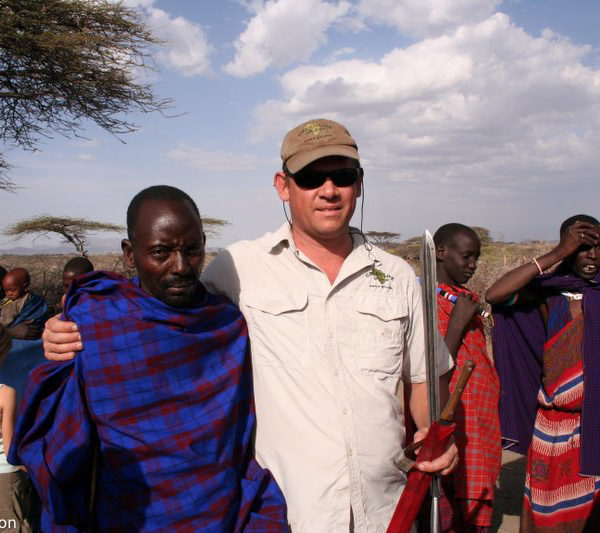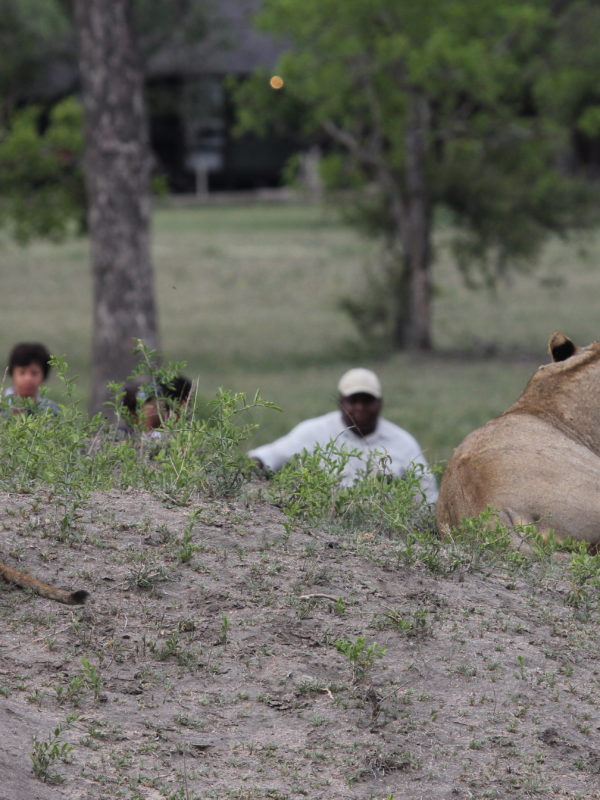Much of Makgadikgadi Pans National Park comprises nutritious grasslands attracting thousands of animals. It is however, an area of low rainfall and the Boteti River rarely flows to capacity, but often has perennial pools that attract waterbuck, bushbuck and resident hippos.
The area was once a superlake almost 100 feet (30 metres) deep, over an area of 30,888 sq. miles (80,000 square km). The climate changed and it 10,000 years ago Lake Makgadikgadi was well on the way to drying up. As the water evaporated, huge glistening salt-encrusted pans were left. These pans look as flat as a billiard table and stretch as far as the eye can see. Occasionally, this extraordinary landscape is dotted with rocky outcrops and large stranded sand dunes.
The Makgadikgadi Pans National Park includes a portion of these enormous Makgadikgadi Pans, which are almost devoid of human habitation. However, villages on the periphery and in between the pans is evidence that the area has supported people as far back as the stone age. Today the area contains large numbers of animals who migrate to grasslands in the west of the park after the rains.
Journeying into this magical land and across the desolate pans, you somehow feel its ancient mystique. The subtle hues at sunset transform Makgadikgadi into a surreal wonderland, which is unlike anywhere else. During the day the dusty pans, with whirlwinds skirting across a seemingly endless desert, offer the best way to come face to face with true isolation.
The park contains four main vegetation types; riverine woodland, scrubland, pure grassland and salt pans. The pans support palm groves and peculiar looking Baobab trees whose branches look more like roots, giving rise to the name ‘upside down tree. These are interspersed with short spiky yellow grass found on rises between the pans, known as ‘prickly salt grass’. This is extremely saline resistant to the extent that salt crystals can sometimes be seen on the leaves. The interior of the reserve comprises scrub and grassland with a few ‘islands’ of Real Fan Palms and Camel thorn acacia.
ANIMALS & BIRDS
From April to November game such as springbok, gemsbok, wildebeest and zebra move slowly from the pans area in the south east of the park, to the Boteti River on the western side. During this migration animals accumulate in their thousands. The heavily wooded areas beside the river also contain shy antelopes like duiker and bushbuck.
If the rains arrive with enough force and river water floods into the Makgadikgadi salt pans, there is nowhere more complete in its transformation than here.Tiny crustaceans hatch and algae blooms to provide food for the largest breeding flocks of greater and lesser flamingos in Africa.
The surface of the pans turns a deep pink from 30,000 breeding pairs of these birds. This occurs mainly in the pans to the east of the National Park, particularly Sowa Pan. Other water birds are also abundant and a good place to see them is at Nata Bird Sanctuary, just off the main road at the northern end of Sowa Pan.
As animals and birds are most prevalent during the rainy season in areas normally inaccessible by vehicle, the prime objective in visiting this reserve is not to view game, but to experience true remoteness and absolute isolation. African Python. Pic: David Andersdon
SEASONS
Rainy Season: November to March the pans fill up and retain water until April or May. Much of the Makgadikgadi Pans area becomes inaccessible during the rainy season and the only way to see the spectacular flamingo flocks is by aircraft. It is extremely dangerous to venture into the pans during the rainy season unless you are with a guided experienced in the area. During a low-rainfall year, May, October and November are also acceptable.
This area gets very hot during the day (up to °F (40°C), but is mild and pleasant at night.
Dry season: April to September is the dry season with strong winds from August to November.
From April to July game viewing is best within the park and after that it moves to inaccessible areas. March to September are the best months to experience the pans. Winter is very pleasant during the day but ice-cold at night.
MAKGADIKGADI PANS SPECIALITIES
· Riding a quad bike across the desolate pans
· Flamingo breeding season on Sowa Pan
· Staying in a luxury lodge by the salt pans
· Night sky studded with a million stars
· Feelings of total isolation
· Complete and unrelenting silence
· Self discovery
· Finding stone age tools in the middle of nowhere, and leaving them for others to discover
FACTS
It was proclaimed a game reserve in 1970 and in 1992 its boundaries were extended and it was given National Park status.
The Makgadikgadi Pans National Park covers an area of 1,891 sq. miles (4,900 sq. km) but the pans outside the national park are the largest salt pans in the world exceeding 4,633 sq. miles (12,000 sq. km).
This is a malarial area.





